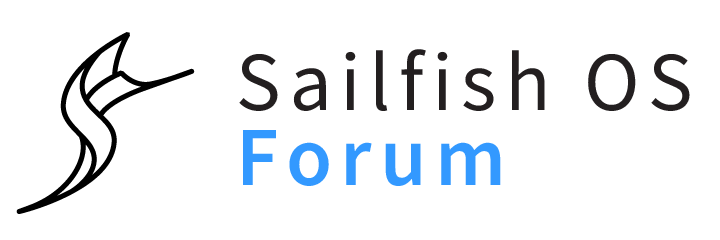In the past I used Battery Buddy and I seem to remember that this worked:
- stop charging at say 90%
- don’t start charging again - even if I pull the USB cable and reconnect it - until the battery is depleted to, say, 25% or less
I almost never needed Nr. 2. though.
Now I updated to 4.5.0.16 which - I thought - integrates Battery Buddy into its UI settings. Unfortunately I only see a setting for the upper charge limit - I cannot tell the device to not start charging (again) until the battery is depleted somewhat.
I need to connect the device to my computer by USB cable all the time for development (flaky WLAN).
Things I tried:
-
I tried reinstalling BatteryBuddy and disabled SFOS ageing protection, but it does not seem to change anything - the phone starts charging as soon as I connect it to the computer, until it hits the upper limit.
-
Uninstalling BatteryBuddy I tried setting both upper and lower charging limits with
mcetool(The UI settings reflect this), but the effect seems exactly as with BB. -
I can manually disable charging completely with
mcetool --set-charging-mode=disable. This works, but whenever I change that to “apply-thresholds” (through the UI or mcetool), the following happens:- it does not start charging at first
- after I un/plug the cable it starts charging
I’m confused.

